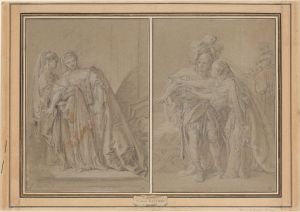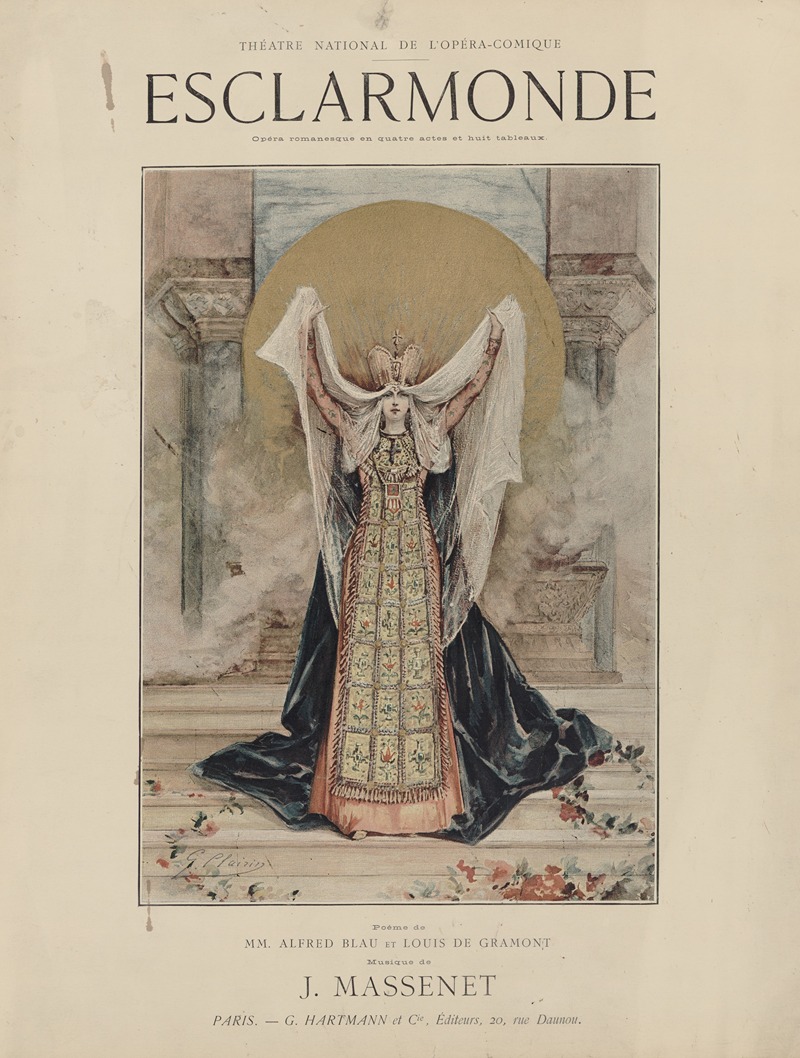
Esclarmonde, de J. Massenet, au Théâtre national de l’Opéra-Comique
A hand-painted replica of Georges Jules Victor Clairin’s masterpiece Esclarmonde, de J. Massenet, au Théâtre national de l’Opéra-Comique, meticulously crafted by professional artists to capture the true essence of the original. Each piece is created with museum-quality canvas and rare mineral pigments, carefully painted by experienced artists with delicate brushstrokes and rich, layered colors to perfectly recreate the texture of the original artwork. Unlike machine-printed reproductions, this hand-painted version brings the painting to life, infused with the artist’s emotions and skill in every stroke. Whether for personal collection or home decoration, it instantly elevates the artistic atmosphere of any space.
Georges Jules Victor Clairin was a French painter known for his portraits and theatrical subjects. One of his notable works is "Esclarmonde, de J. Massenet, au Théâtre national de l’Opéra-Comique," which captures a scene from the opera "Esclarmonde" by the composer Jules Massenet. This painting is a reflection of Clairin's interest in the performing arts and his ability to convey the drama and emotion of operatic performances through his art.
"Esclarmonde" is an opera in four acts composed by Jules Massenet, with a libretto by Alfred Blau and Louis Ferdinand de Gramont. It premiered at the Opéra-Comique in Paris on May 15, 1889. The opera is based on a medieval tale and is known for its exotic and romantic themes, as well as its demanding vocal parts, particularly for the soprano role of Esclarmonde. The story revolves around the titular character, a Byzantine princess and sorceress, who falls in love with a knight named Roland. The opera explores themes of love, magic, and chivalry, set against a backdrop of mythical and medieval elements.
Clairin's painting likely captures the essence of this opera, focusing on the visual spectacle and the emotional intensity of the performance. As a painter who frequently depicted scenes from the theater, Clairin had a keen eye for the dramatic and the ability to translate the dynamic energy of live performances onto canvas. His works often feature rich colors, intricate details, and a sense of movement, all of which contribute to the vivid portrayal of theatrical subjects.
The Opéra-Comique, where "Esclarmonde" premiered, is one of the most prestigious opera houses in Paris, known for its long history of hosting significant operatic works. The venue has been a cornerstone of French cultural life, providing a platform for both established and emerging composers. Massenet's "Esclarmonde" was one of the many operas that contributed to the Opéra-Comique's reputation as a leading institution for the performing arts.
Clairin's association with the Opéra-Comique and his choice to depict "Esclarmonde" highlight the interconnectedness of visual and performing arts during this period in France. Artists like Clairin played a crucial role in documenting and interpreting the cultural landscape of their time, offering audiences a visual representation of the music and drama that defined the era.
While specific details about the painting "Esclarmonde, de J. Massenet, au Théâtre national de l’Opéra-Comique" by Clairin are limited, it is reasonable to infer that the work embodies the artist's characteristic style and thematic interests. Clairin's ability to capture the essence of theatrical performances would have made this painting a valuable piece of cultural history, reflecting the vibrant artistic scene of late 19th-century Paris.
Overall, Georges Jules Victor Clairin's painting serves as a testament to the enduring appeal of opera as a source of inspiration for visual artists. Through his work, Clairin not only celebrated the art of opera but also contributed to the broader appreciation of the performing arts in his time.





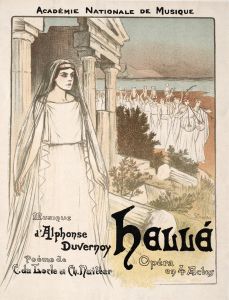
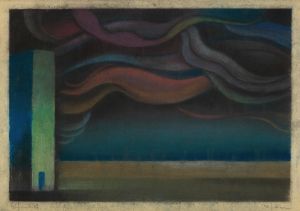
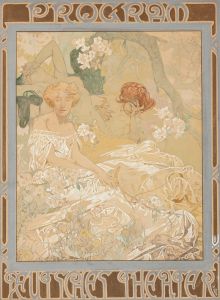
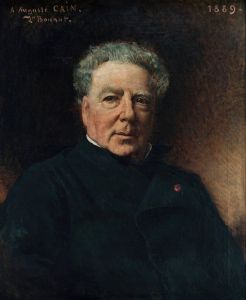
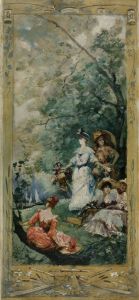
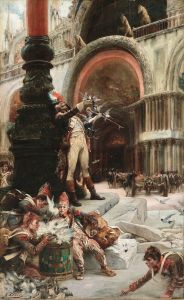
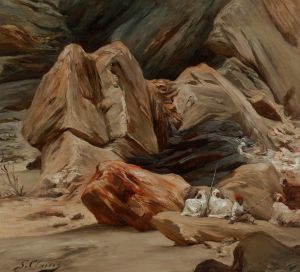

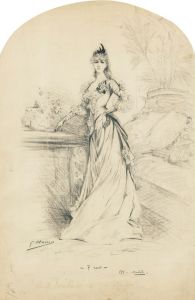
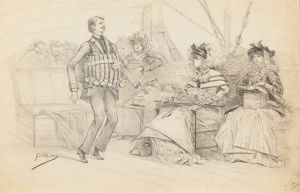
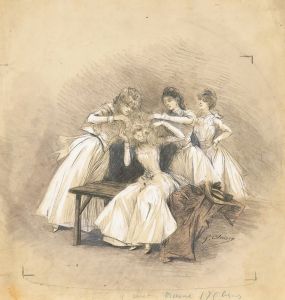
![Designs for theater with black-framed proscenium and boldly colored settings.] [Study for stage light wall decoration, possibly for Caf ̌Crillon …](/imgs/249422/s/winold-reiss-designs-for-theater-with-blackframed-proscenium-and-boldly-colored-settings-study-for-stage-light-wall-decoration-possibly-for-caf-crillon--887bf6b8.jpg)
![Designs for theater with black-framed proscenium and boldly colored settings.] [Study for stage light wall decoration, possibly for Caf ̌Crillon](/imgs/249424/s/winold-reiss-designs-for-theater-with-blackframed-proscenium-and-boldly-colored-settings-study-for-stage-light-wall-decoration-possibly-for-caf-crillon-15a7fdab.jpg)
